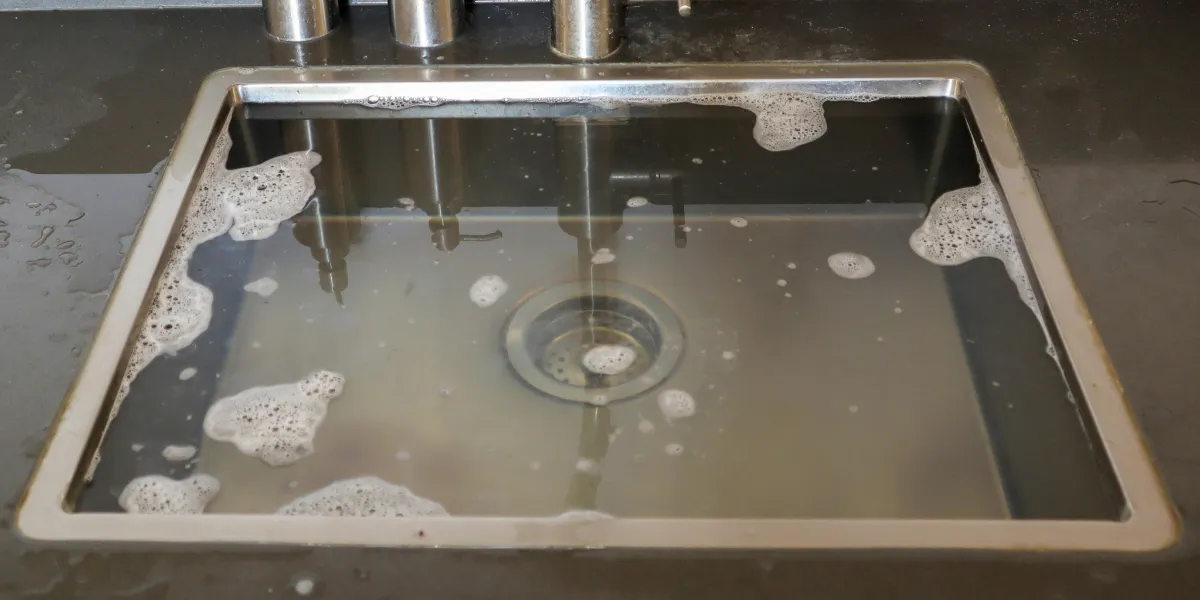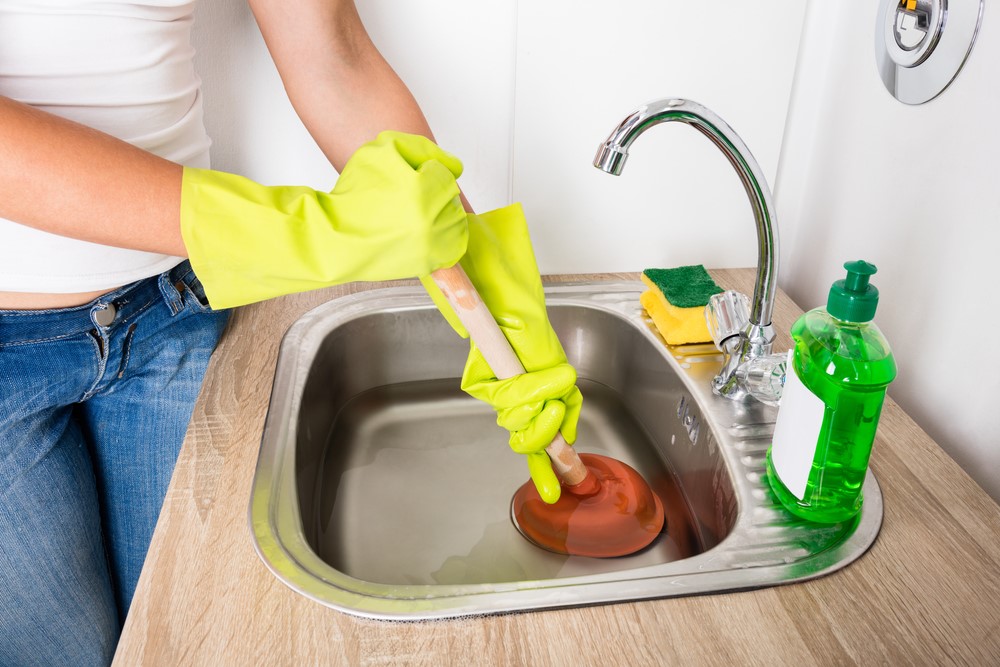A clogged drain is one of the most common household issues, leading to slow water flow, bad odors, and potential plumbing problems. Fortunately, there are several reliable methods for tackling these clogs without needing to call a plumber. From natural solutions to specialized tools, here are 7 proven methods to unclog drains effectively and keep your plumbing running smoothly.

Why Do Drains Get Clogged?
Drains often get clogged due to a buildup of debris like hair, soap scum, grease, food particles, and even small objects that accidentally fall into sinks or showers. Over time, this accumulation restricts water flow and can lead to more serious blockages. Knowing how to safely and effectively unclog drains can save you both time and money in the long run.
1. Use Boiling Water
One of the simplest and most effective ways to clear minor clogs is by pouring boiling water down the drain. This method is especially helpful for clogs caused by soap scum or grease buildup, as the hot water can dissolve and flush away the blockage.
How to Do It:
- Boil a kettle or pot of water.
- Carefully pour the boiling water directly down the clogged drain.
- Repeat 2-3 times, if necessary.
Note: Avoid using boiling water on PVC pipes, as it could soften or damage them.
2. Try a Plunger
A plunger can be highly effective for dislodging clogs in sinks, bathtubs, or toilets. The suction created by the plunger helps to loosen the blockage and allow water to flow freely again.

How to Use a Plunger:
- Fill the sink or tub with a few inches of water to create a better seal.
- Place the plunger over the drain and push down firmly, then pull up sharply to create suction.
- Repeat several times until the water starts to drain freely.
3. Baking Soda and Vinegar Solution
A natural alternative to chemical drain cleaners, a mixture of baking soda and vinegar can effectively break down clogs caused by grease, soap scum, and organic matter.
How to Use Baking Soda and Vinegar:
- Pour 1/2 cup of baking soda down the drain.
- Follow with 1/2 cup of white vinegar and immediately cover the drain to keep the reaction contained.
- Wait 15-20 minutes, then flush the drain with hot water.
This method works well for minor clogs and is safe for most types of plumbing.
4. Use a Drain Snake or Auger
A drain snake, also known as a plumbing auger, is a flexible tool designed to reach deep into the pipes and dislodge clogs. It’s particularly useful for tougher blockages that can’t be cleared with a plunger or household solution.
How to Use a Drain Snake:
- Insert the snake into the drain and slowly push it down until you feel resistance.
- Rotate the handle to help the snake break up the clog.
- Pull the snake out, bringing any debris with it, and rinse the drain with hot water.
5. Clean the P-Trap

The P-trap is the curved pipe located under your sink that traps debris and prevents it from entering the rest of your plumbing. Over time, debris can accumulate here, causing a clog.
How to Clean the P-Trap:
- Place a bucket under the P-trap to catch any water or debris.
- Loosen the slip nuts on either end of the P-trap with a wrench and remove it.
- Clean out any debris inside, then reattach the P-trap and run water to check for clogs.
6. Wet/Dry Vacuum
If you have a wet/dry shop vacuum, it can be an excellent tool for removing clogs from drains. The powerful suction can pull out debris that might be difficult to reach otherwise.
How to Use a Wet/Dry Vacuum:
- Set the vacuum to “wet” mode and cover the vent to prevent a mess.
- Place the vacuum hose over the drain and turn it on. Hold it tightly to create a strong seal.
- Let the vacuum run for a few minutes to pull out any clogs.
This method is especially effective for larger debris that might be stuck further down the drain.
7. Enzyme-Based Drain Cleaners

Unlike chemical drain cleaners, enzyme-based cleaners use natural bacteria to break down organic matter in your pipes. These cleaners are gentler on plumbing and the environment, making them a great choice for regular maintenance.
How to Use Enzyme-Based Cleaners:
- Follow the instructions on the product label, as some cleaners require overnight sitting.
- Pour the cleaner down the drain and let it sit as directed.
- Rinse with warm water to flush away any loosened debris.
Enzyme-based cleaners are effective for maintaining clear drains and preventing clogs over time.
Conclusion: Keep Your Drains Clear and Flowing
Unclogging a drain doesn’t always require harsh chemicals or a costly plumber visit. With these 7 proven methods to unclog drains effectively, you can tackle most clogs yourself and keep your plumbing in top shape. Remember, regular maintenance and mindful use of your drains can help prevent future clogs.
If you’re dealing with a severe blockage that these methods can’t resolve, consider reaching out to a professional plumbing service. For more home maintenance tips, contact Citywide Mold Mitigation or call 844-552-0467 for expert advice.
FAQ
| Question | Answer |
|---|---|
| Can boiling water damage pipes? | Boiling water is generally safe for metal pipes but may damage PVC pipes over time. Always check your pipe material before using boiling water. |
| Is baking soda and vinegar safe for all drains? | Yes, baking soda and vinegar are safe for most drains. However, avoid using this method if you’ve recently used chemical drain cleaners, as the reaction can be dangerous. |
| How often should I clean my drains to prevent clogs? | It’s a good idea to clean your drains every 1-2 months using gentle methods like enzyme-based cleaners or hot water to prevent buildup. |
| Can a plunger damage the pipes? | Using a plunger correctly is safe for most pipes. However, excessive force can cause strain on older or weaker pipes. |
| What should I do if these methods don’t work? | If these methods don’t resolve the clog, consider contacting a professional plumber, as you may have a more severe blockage that requires specialized tools. |
For more DIY home maintenance tips and advice on mold prevention, visit Citywide Mold Mitigation or call 844-552-0467 for professional assistance.

